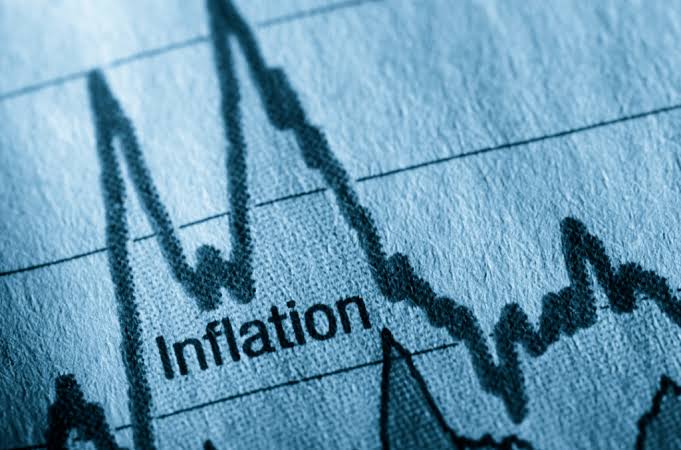Pakistan’s inflation rate dropped to 0.7% in March 2025, a big decrease compared to 1.5% in February and 20.7% in March last year. This shows a major improvement in the country’s economy.
According to the Pakistan Bureau of Statistics, prices of goods and services increased by 0.9% in March compared to February. However, the average inflation for the past nine months is now 5.25%, which is much lower than last year’s 27.06%.
Even though inflation is lower overall, the prices of some essential items have gone up. For example:
- Moong pulses became 31.02% more expensive.
- Sugar prices rose by 18.75%.
- Footwear prices increased by 31.89%.
This means that while many goods are becoming more affordable, some everyday essentials are still getting costlier.
The decline in inflation is a positive sign for Pakistan’s economy, as it can help reduce the cost of living and make it easier for people to buy basic necessities. Lower inflation also benefits businesses by stabilizing prices and improving economic growth.
However, rising prices of food and daily-use items remain a concern for many people. If these price hikes continue, they could affect household budgets, especially for low-income families.
Experts believe that keeping inflation low will require strong economic policies, stable fuel prices, and better supply chains. If these factors are managed well, inflation may remain under control in the coming months.
As the economy recovers, people are hoping for more stable prices so that their earnings can go further. The next few months will be important in determining whether Pakistan can maintain this lower inflation trend.


